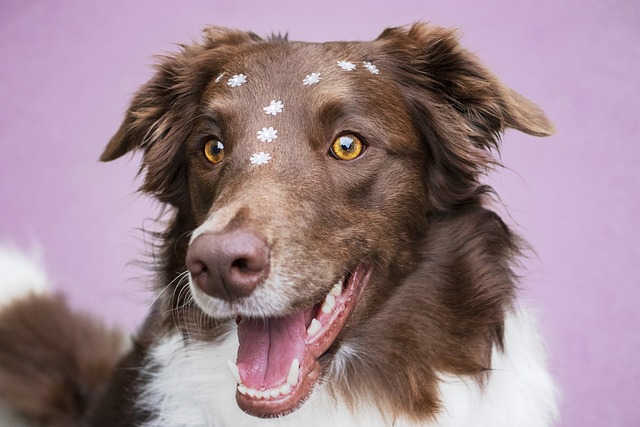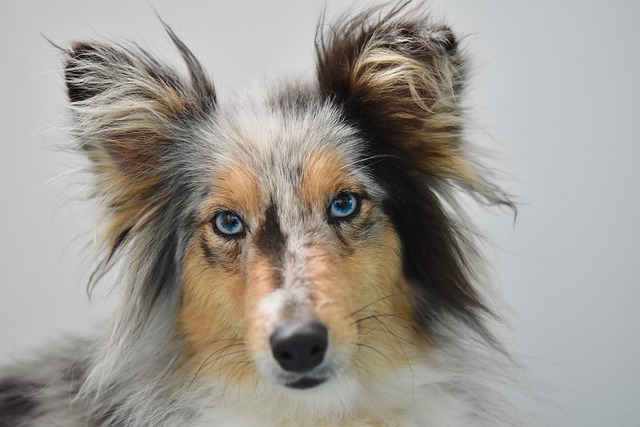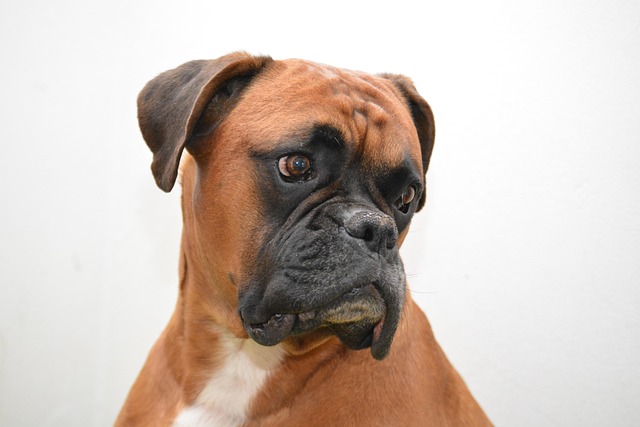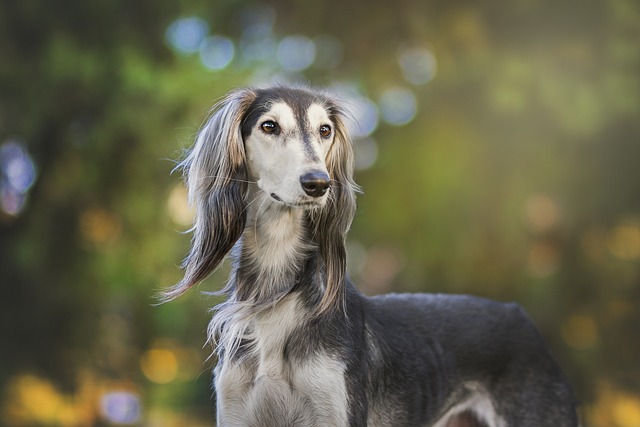
How to tell if a dog is retaining fluid?
When we stroke the soft fur of dogs, watch them wag their tails happily, and enjoy the warm time together, our hearts are always filled with happiness.
As we were about to step out of the house, we heard the anxious and reluctant barking of the dog behind us. Seeing the unease and fear in its eyes, our hearts were instantly filled with heartache. The separation anxiety of dogs is like a heavy cloud that covers their lives and worries us deeply. The deep emotional bond between us and our dogs drives us to urgently seek solutions, hoping to find home remedies that can help our dogs overcome separation anxiety, so that they can also have peace of mind and peace of mind when we leave. Every time we witness a dog in pain due to separation, we hope to dispel the gloom and restore its former liveliness and happiness.
Behavioral training is one of the core family therapies for treating separation anxiety in dogs. Starting from establishing a stable daily routine, dogs have a natural dependence on it. Fixed feeding, walking, and playing times can give them a sense of security in a predictable pace of life. Feed the dog on time every day and provide it with food at the same location to make it understand that life is orderly. Regular walking is also essential, as it can not only drain a dog's excess energy but also enhance its confidence. During the walking process, dogs can explore the external environment, interact with different people and things, which helps to enhance their socialization level and alleviate separation anxiety.
Desensitization training is equally crucial. As mentioned earlier, we can start by simulating the scenario of going out. Pick up the key and put on the coat in front of the dog, make the gesture of going out, but don't really leave. After a few minutes, put down the key, take off the coat, return to the dog's side, give it a reward, such as a delicious snack or gentle touch, and praise it softly. At the beginning, dogs may show anxiety, such as pacing restlessly or whimpering softly, but we need to be patient and not give up because of their anxiety. As the dog gradually adapts, the simulated time of going out is gradually extended from a few minutes to ten or twenty minutes, gradually making it accustomed to the owner's preparation to leave. When dogs are able to calmly face prolonged simulated outings, they can attempt to truly leave briefly. Leave home for 1-2 minutes first, and observe the dog's reaction when you come back. If it does not exhibit excessive anxiety behavior, such as not barking wildly or damaging objects, it is necessary to give warm praise and generous rewards in a timely manner to strengthen its correct behavior. Afterwards, gradually increase the duration of separation, with each increase depending on the dog's adaptation and not too long, allowing the dog enough time to adapt to the new separation period.

Creating a comfortable and safe environment for dogs to be alone is an important component of home therapy. Create an exclusive space for your dog at home, such as choosing a quiet and warm corner to place its favorite dog bed, soft blanket, and beloved toys. This space should make the dog feel warm and at ease, as if it is its safe haven. Before we leave home, place challenging puzzle toys in this space. For example, some toys that can be filled with food require dogs to manipulate them with effort in order to obtain the food inside. This process of exploring and obtaining food can greatly distract the dog's attention, allowing it to forget the anxiety of its owner leaving while playing alone, while also satisfying its instinctive needs. In addition, maintaining a quiet and stable home environment is also crucial. When leaving home, avoid making excessive noise, such as closing the door softly. Devices such as televisions and speakers can play soft music or white noise appropriately, such as flowing water, bird songs, etc. These sounds can mask external noises that may cause anxiety in dogs, creating a peaceful atmosphere and helping dogs relax.
Emotional companionship in daily interactions is also an effective family therapy for treating separation anxiety in dogs. Although we love dogs, excessive indulgence may exacerbate their separation anxiety. So, we need to gradually reduce excessive attention to dogs and cultivate their independence. Schedule a period of time every day for the dog to be alone in its designated space. When it shows behavior that wants us to accompany it, such as making calls or scratching the door with its paws, do not respond immediately. Instead, wait for it to calm down before giving appropriate attention and rewards. At the same time, when interacting with dogs in daily life, it is important to have more positive interactions with them, such as playing ball throwing games together or conducting simple obedience training. During the interaction, give the dog sufficient attention and praise, let it feel our love and recognition, and further deepen the emotional connection between us and the dog. In this way, when we leave, dogs can feel relatively at ease because they have a deep emotional foundation with us.
Every attempt to help dogs overcome separation anxiety is a vivid manifestation of our deep love for them. We are full of anticipation that through these home remedies, we can see dogs gradually become calm and comfortable from anxiety and unease. We are willing to use this unwavering love to accompany our dog through every difficult stage of overcoming separation anxiety, helping it regain happiness and confidence.

When we stroke the soft fur of dogs, watch them wag their tails happily, and enjoy the warm time together, our hearts are always filled with happiness.

When we see the dog squatting in the corner, straining hard but having difficulty defecating smoothly, and its originally lively eyes full of discomfort and helplessness,

When we lovingly place delicious wet food in front of the dog and watch it feast and enjoy the happiness brought by the food, our hearts are filled with comfort.

When we see our dogs wagging their tails lively, we are filled with joy and warmth. However, behind the health of dogs, there are various disease threats, among which fungal diseases are one of them that cannot be ignored.

When the owner finds that the abdomen of the dog that is usually lively and active gradually bulges, moves slowly as if holding a water bag, and even begins to have symptoms of shortness of breath and loss of appetite,

When we take our dog to get vaccinated, we think we've built a solid defense line for its health. But soon after, it shows symptoms of diarrhea and vomiting,